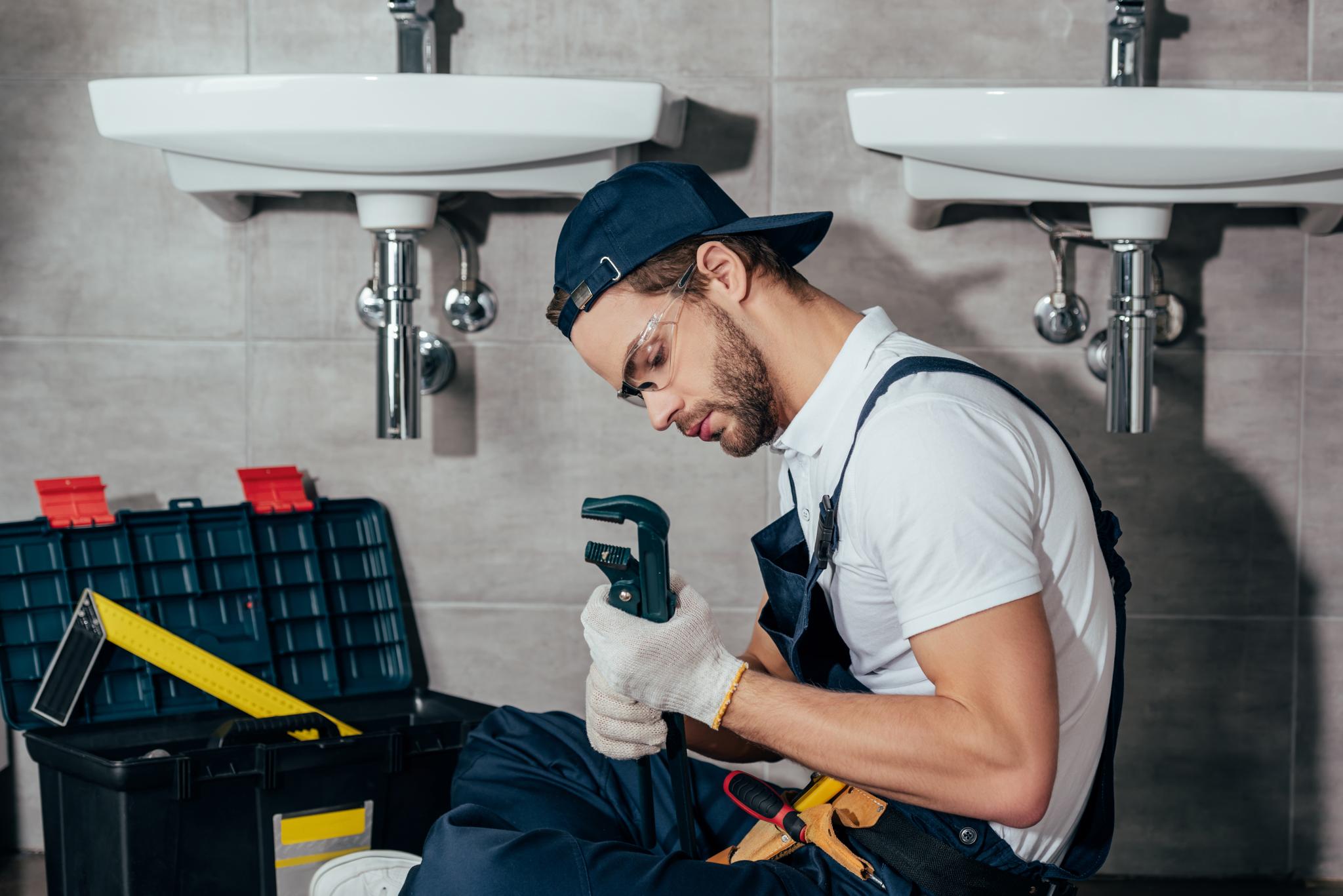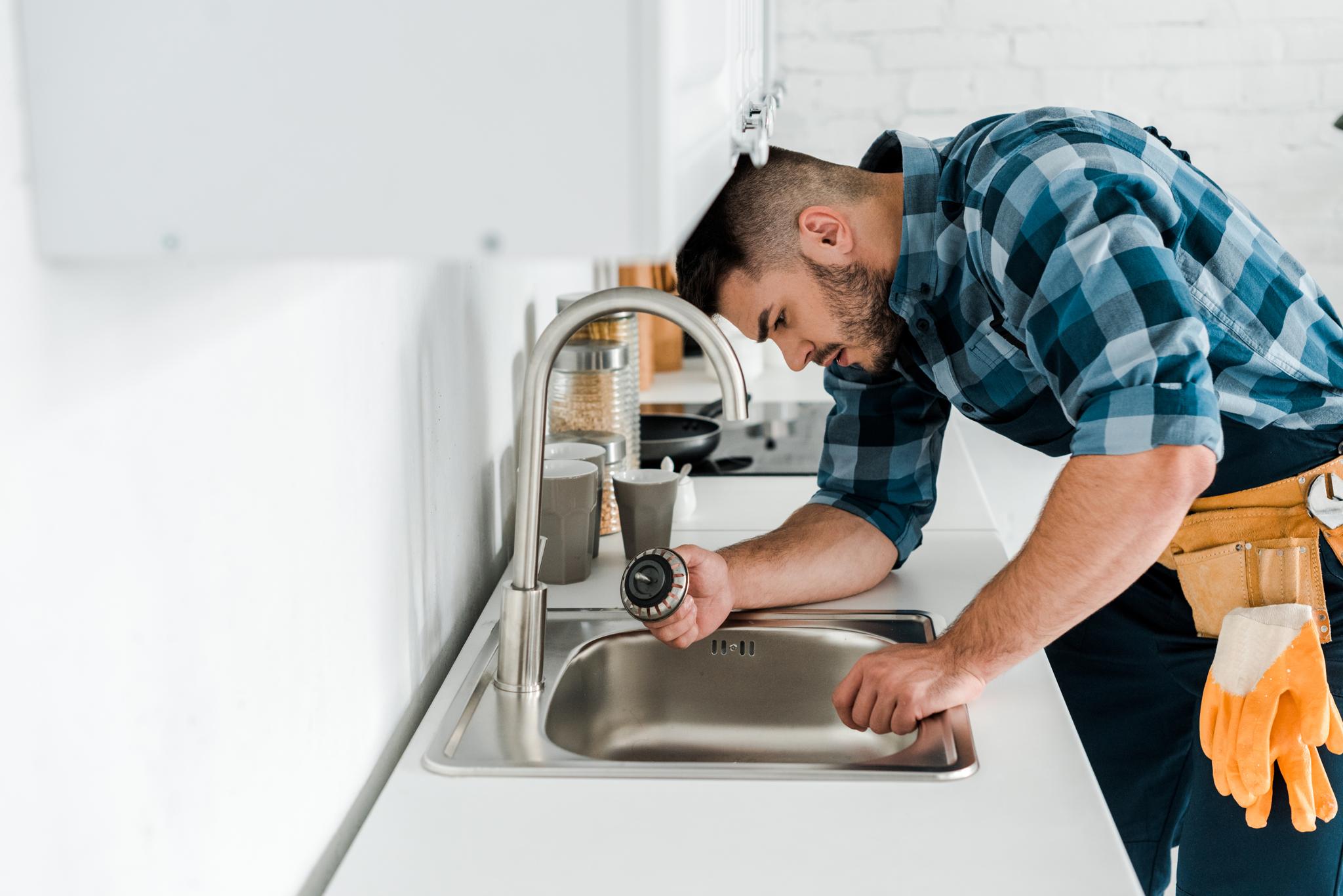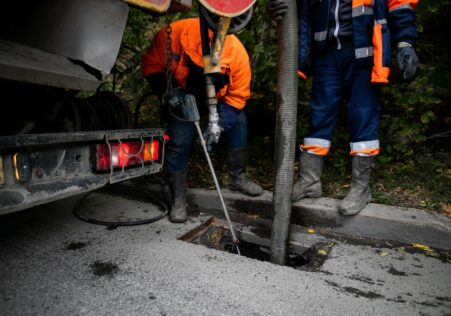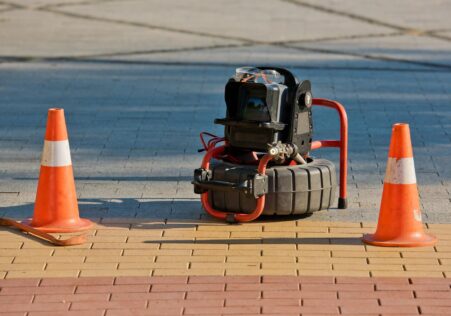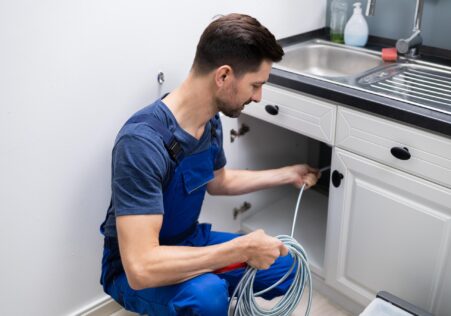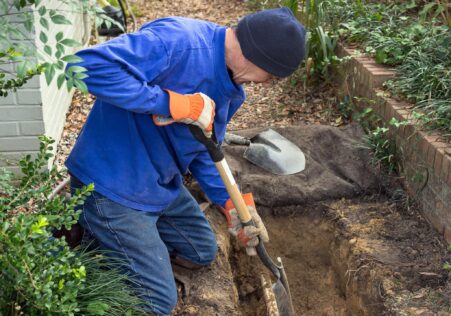What to Do When Your Toilet is Blocked: A Step-by-Step Guide

Toilet blockages can happen at any time, and can be a frequent household problem. They can be uncomfortable dirty, inconvenient, and messy and requires immediate attention. However, you don’t need to call the plumber right away. In this blog post, we will guide you through simple ways to clean your toilet in no time.
Key Takeaways
- Toilet blockages are easily remediated with the use of simple tools like a plunger baking soda
The tools you’ll need
Before we begin it’s important to be prepared with these tools at hand:
- Rubber Gloves
- Plunger
- Baking Soda and Vinegar (Optional)
- Wire Coat Hanger or Plumber Snake (Optional)
Step 1: Close your water source valve.
The first thing to do when you encounter a blocked toilet is to shut off the valve for water flow in front of the toilet. This will ensure that no water will enter the tank during your attempt to clear it. The valve is typically situated at on the floor of your tank on one side.
Step 2: Make sure you are protected with rubber gloves.
Hands must be protected from any germs or bacteria that may be present in your toilet by wearing rubber gloves prior using any tools for unclogging.
Step 3: Use a plunger.
A plunger is undoubtedly the most efficient tool for clearing toilets of blockages. The first step is to gently push down to the plunger, until air escapes from it, then press it hard over the toilet bowl. Then, start to plunge quickly up and down for approximately 20 minutes. The suction caused by plunging back and forth will assist in removing any blockages.
Tips:
- Ensure you use a forceful but controlled motion.
- Cover holes around sinks or shower drains if they are close by to prevent air pressure escaping as you plunge.
Step 4: Try baking soda and vinegar in a mixture.
If plunges don’t work you can try this other method add half a cup of baking soda and one cup of vinegar into the toilet bowl. Let the mixture sit for approximately 15 minutes. The mixture will start to fizz before it slows down you can pour hot water down (not overly hot) to eliminate the obstruction.
Step 5 Step 5: Use a coat hanger that is wire or a plumbing snake.
If both plunging and baking soda and vinegar have not worked the problem, it’s the right time to utilize the wire coat hanger or plumbing snake. Straighten the coat hanger’s wire until have a thick, thin wire that has a hook bent at one end or use the plumbing snake which is designed specifically for clearing drain blockages. Put the tool in the drain hole of your toilet and twist, turn, push to the point where you can feel resistance. there’s usually a blockage occurs. Make an effort to break the blockages by using a back and forth motion but without causing any damage to the pipeline.
Note:
- Don’t push or pull actions hard as they can cause more harm.
Step 6: Switch on the water supply and verify the result
Once you’ve removed any obstructions, it’s essential to turn on the water supply valve in the toilet bowl. You should flush it a couple of times to ensure that all water flows smoothly now!
| Tools | Description |
|---|---|
| Rubber Gloves | Hand protection from potential bacteria or germs present in the toilet bowl. |
| Plunger | Most effective tool for clearing up blocked toilets. Press firmly over the hole in your toilet bowl and plunge vigorously up and down for about 20 seconds. |
| Baking Soda and Vinegar | Mixture to use if plunging doesn’t work. Pour half a cup of baking soda and one cup of vinegar into the toilet bowl. Let this mixture settle for about 15 minutes, then pour hot water down (not boiling) to flush out the blockage. |
| Wire Coat Hanger or Plumbing Snake | Tools to use if both plunging and baking soda/vinegar methods have failed. Straighten the wire coat hanger until you have a long thin wire with a hook bent at one end or use the plumbing snake, which is designed specifically for clearing drain clogs. |
Frequently Asked Question
What can I do to tell whether my toilet is clogged?
A frequent symptoms of a blocked toilet is when water levels rise to the top of the toilet after flushing. There is a possibility that the water drains slowly, or you may hear the sound of gurgling directly from your toilet.
What can I do if my toilet is blocked?
If you suspect that your toilet has been blocked then avoid flushing it over again since this could cause flooding. Instead, turn off the supply of water at the valve in front of the toilet and utilize a plunger to eliminate any blockages. If this isn’t working contact Melbourne Blocked Drains Plumber for professional help.
How can I stop my toilet from becoming blocked?
Yes! There are many ways to stop your toilet from becoming blocked. These include avoiding flushing non-degradable products like sanitary products, wet wipes or cotton wool down the toilet. It is also important to avoid the practice of pouring oil or grease down the sink, as it can cause solidification and block pipes.
When should I call a professional plumber for a toilet that has become blocked?
If you’ve tried splurging the toilet, but it does not unblock, or you suspect that there’s a problem with your plumbing system that’s causing frequent blockages, it’s the right time to call in a professional plumber like Melbourne Blocked Drains Plumber . We’ve got years of experience tackling every kind of plumbing issue and can quickly diagnose and address any issues with the least disturbance to the home.
How often should I schedule my drains cleaned?
It is suggested that you have clean your drains by a professional like Melbourne Blocked Drains Plumber every 1-2 years. This will reduce the chance of blockages and help keep your plumbing system operating smoothly. However, if you frequently suffer from blockages to your drains or slow draining of water despite trying to avoid clogging them, then cleaning your drains every year would be beneficial.
These techniques are fairly simple to apply and the majority of these items are available in households. When facing blocked toilets before being anxious after attempting the strategies, you should contact Melbourne Blocked Drains Plumber ‘s expert plumbers located in Melbourne , if you’re seeking professional help with your blocked toilets.
Additional Information
- How to Tell You Need Drain Clearing Services for Your Business
- Is It Time for a CCTV Drain Inspection? Here's What You Need to Know
- Don’t Get Caught Unprepared! What You Need to Do Before a CCTV Drain Inspection
- Top Reasons to Avoid DIY Drain Unblocking
- Preventing Leaks and Blockages: Understanding Pipe Relining Services
- Why Trenchless Pipe Relining is the Future of Condominium Plumbing
- Save Money and Time with Preventative Drain Care Practices
- Why Calling a Pro for Drain Cleaning is Safer and Smarter
- Top Ways to Avoid Drain Cleaning Emergencies
- CCTV Drain Inspection Technology: Detecting Corrosion in Sewer Pipes


